Translated by Paschal Robinson (public domain) and slightly modernized
Here begin the praises of the creatures which Blessed Francis made to the praise and honor of God while he was ill at San Damiano.
Most high, most powerful, good Lord,
Praise, glory, honor and blessing are yours.
To you alone do they belong, most High,
And there is none fit to mention you.
Praise be to you, my Lord, with all your creatures,
Especially to my reverent Brother Sun,
who lights up the day, and gives us your brightness;
Beautiful is he and radiant with splendor great;
singing of your significance.
Praised be my Lord, for Sister Moon and for the stars,
In heaven you have formed them clear and precious and fair.
Praised be my Lord for Brother Wind
And for the air and clouds and every kind of weather
by which you give your creatures nourishment.
Praised be my Lord for Sister Water,
helpful and humble and precious and pure.
Praised be my Lord for Brother Fire,
By which you light up the dark.
Fair is he and joyful and mighty and strong.
Praised be my Lord for our sister, Mother Earth,
which sustains and keeps us
And brings forth diverse fruits with grass and flowers bright.
Praised be my Lord for those who forgive others for your sake
and bear weakness and tribulation.
Blessed are those who shall in peace endure,
for you, most High, will crown them.
Praised be my Lord for our sister, Death,
from which no living thing can flee.
Woe to them who die apart from you;
Blessed are those who find themselves in your most holy will,
For the second death shall harm them not.
Praise and bless my Lord, and give him thanks,
And be subject to him with great humility.
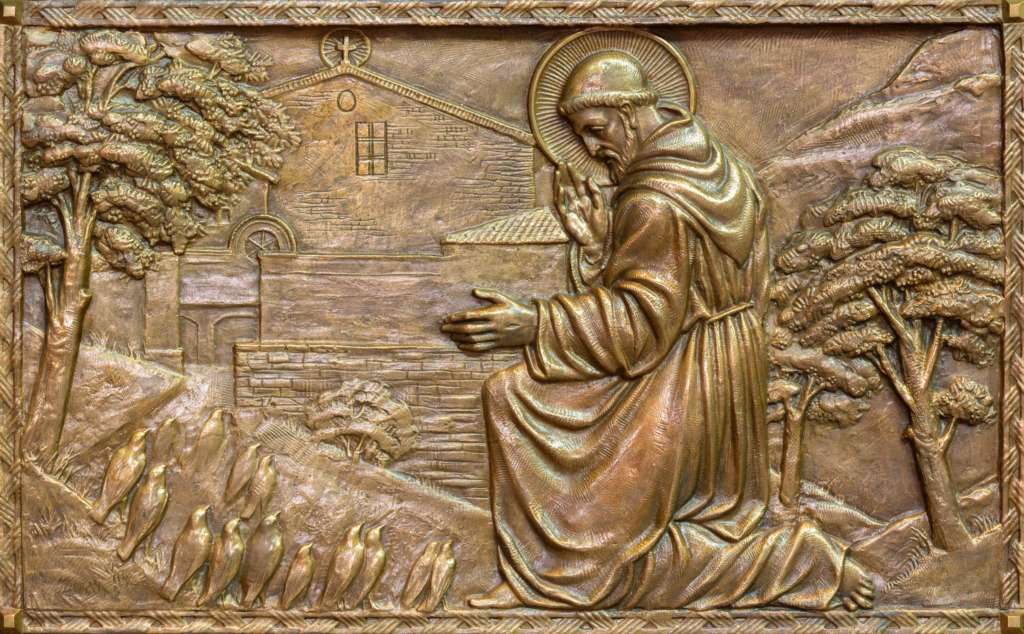
I was not born into a Catholic family, although my father’s family were devout Catholics. But as a curious child, I found the Catholic Church something of interest to me. There was a seminary in Callicoon, NY near where I lived, and I used to enjoy walking through the wooded gardens, sitting by the pools of water, looking at the statues and the bird quenching their thirst as squirrels scampered about and chattered idly. The miniture water features were biomes of their own with snails, amphibians and other creeping forms of life. It was so serene.
I have some significant doctrinal differences with my Catholic brethren which I probably will never be able to resolve, but unlike many evangelicals, I don’t view the Vatican with suspicion or hostility. I’ve had wonderful conversations during the years with devoted Catholics, including singer John Michael Talbot, who allowed me to spend a few days with him circa 1978 at the Alverna Retreat Center, when he first became a Third Order Francisan, himself. He shared his own personal spiritual journey with me to help me understand why he converted. Many Catholics love the Lord and trust in Him alone for their salvation. I’ve grown spiritually from reading St Augustine, St Anselm and, of course, St Francis.
Speaking of saints
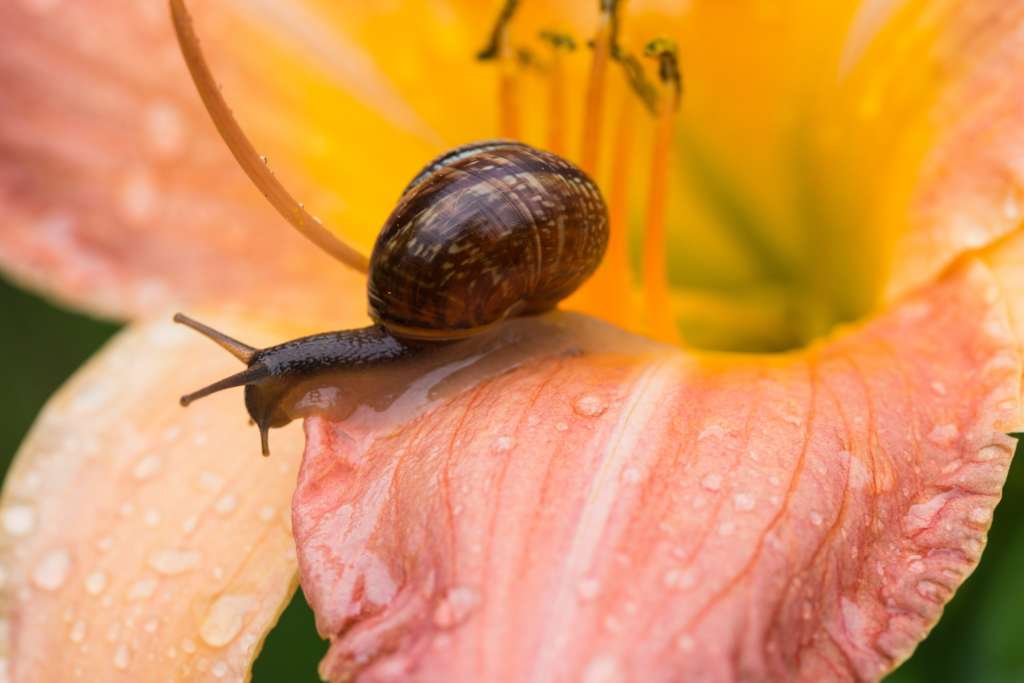
And speaking of saints, probably my number one saint (other than my sainted mother) is beyond a doubt St. Francis. The seminary I mentioned above that I would visit as a child was a Franciscan seminary, and the gardens were designed to reflect Francis’ commune with nature. One of my favorite art works is called “St Francis Preaching to the Birds.” Here (see illustration above in this post) you have Francis teaching birds about Jesus and God’s love. The birds are all lined up and listening attentively to what Francis has to say. Perfect harmony between man and God’s creation. This harmony is something that is increasingly important to me during my last years, because I’ve always been a “Grizzly Adams” sort of person. It is a harmony that was lost when sin entered into the world. Legends say that Adam was able to converse with many, if not all, of the animals in the Garden. Conductor Leonard Bernstein (1918-1990) researched how children around the world who are not quite eight months old “sing” the same five or six musical notes in sequence. Is that a vestige of an earlier age? Bernstein called this the “Ur song.” Some animals (notable birds) have the ability to “parrot” human speech, while others such as Koko the gorilla (1971-2018) could not repeat human vocal sounds, but could communicate using ASL. It was reported by researchers on the team that worked with Koko that Koko understood approximately 2,000 English words. They would ask Koko each morning how she felt and she would sign “feel good,” “feel happy,” “feel sad” and then, if probed, she would explain in American Sign Language why she was happy or sad. But, back to the poem.
One thing I like in Francis’ Canticle is how he seems to elevate God’s creation and His creatures (“critters,” if you are a Texan.) It’s not a “them or us” mentality that we find wherever man intrudes into the domain of the wild, or, when wild animals such as deer or coyotes, their natural habitat glazed over with asphalt or concrete, stumble about used car lots and antique shops with glazed over eyes. At the risk of offending my animal rights audience, I believe God has given man dominion (Hebrew: וְיִרְדּוּ֩) over the animal kingdom (Genesis 1:26.) This means essentially “to rule over.” It does not mean to plunder or annihilate, however, which far too many individuals and corporations have done–and are doing at this very moment–in the name of progress. It is tragic (at least to me) when a person sees a magnificent beast such as a stag or a bear with small cubs, and their first thought is to shoot it. Kill it.
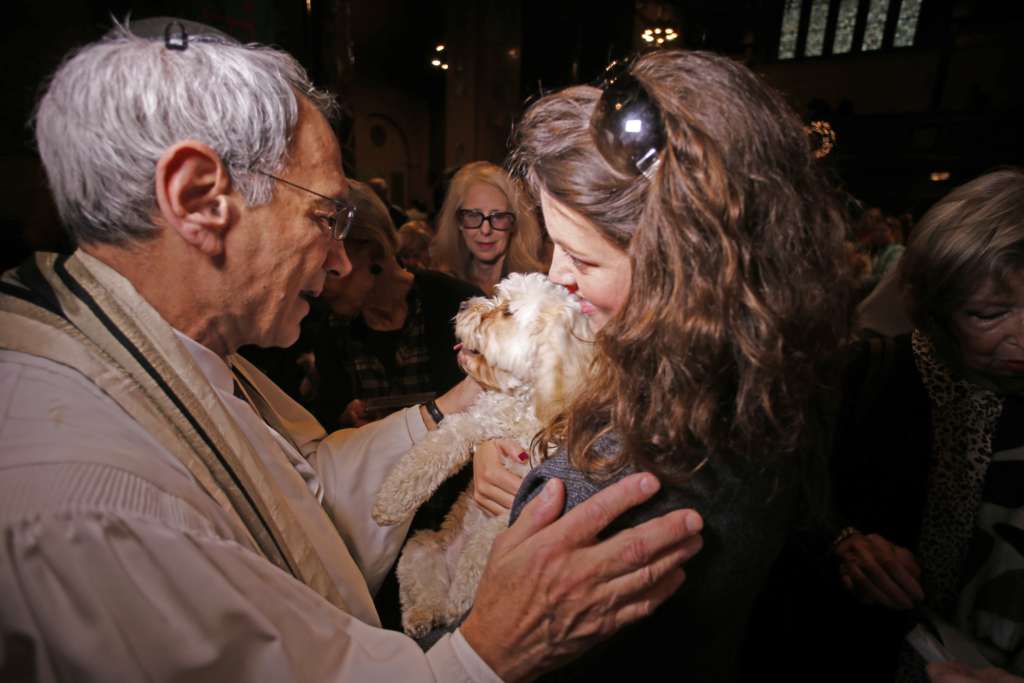
Francis calls the sun, the moon, water, wind and fire his brothers or sisters. In what sense does he do so? My personal impression is that each of these insentient objects or processes share in God’s creation and respond one to another in ways we do not yet understand. Once again, I would refer you to James Lovelock’s groundbreaking book “Gaia.” I don’t want to seem like I’m an animist, but is it possible that the sun, moon, stars, etc. give glory to God in ways that are incomprehensible to us? Or, perhaps they shriek in agony? As an example, what did Jesus mean when He spoke of stones crying out in Luke 19:40? Can we take our Lord literally here? In Romans 8:22, Paul writes: “We know that the whole creation has been groaning as in the pains of childbirth right up to the present time.” The Greek word for “groan” is systenazei (συστενάζει), which means “to groan together.” Groan together with whom? With what? What might our planet sound like from space? Continent sized tectonic plates floating on the lithosphere rubbing each other, releasing massive energy as one slips a bit; magma churning; ocean floors under tremendous pressure; glaciers calving and pressure ridges booming like canon fire, mining corporations ripping the flora and top soil off of thousands of acres of the planet; forests denuded by fires in America, Australia, Greece and the Amazon. Francis might call the rain forest his brother or Everest his sister. Can we relate in that same way?
Make me an instrument of thy peace
Francis was a person that wanted harmony not only between us and the creation around us, but between people, themselves. He authored a poem most of us must surely have heard of:
“Lord, make me an instrument of thy peace.
Where there is hatred, let me sow love,
Where there is injury, pardon;
Where there is doubt, faith;
Where there is despair, hope;
Where there is darkness, light;
And where there is sadness, joy.
O Divine Master, grant that I may not so much seek
to be consoled as to console,
to be understood as to understand,
to be loved, as to love.
For it is in giving that we receive,
It is in pardoning that we are pardoned,
and it is in dying that we are born to eternal life.”
Are we as Christians seeking peace in our society or are we caught up with some passion, whether politics, materialism, or culture? Are we sowing love, or are we sowing strife? Do we have faith, hope? Do we have joy or do we have some sort of smoldering anger in our life? There is a lot more to be said about this interesting poem and most interesting saint, who literally bore the marks of the Cross on his body.
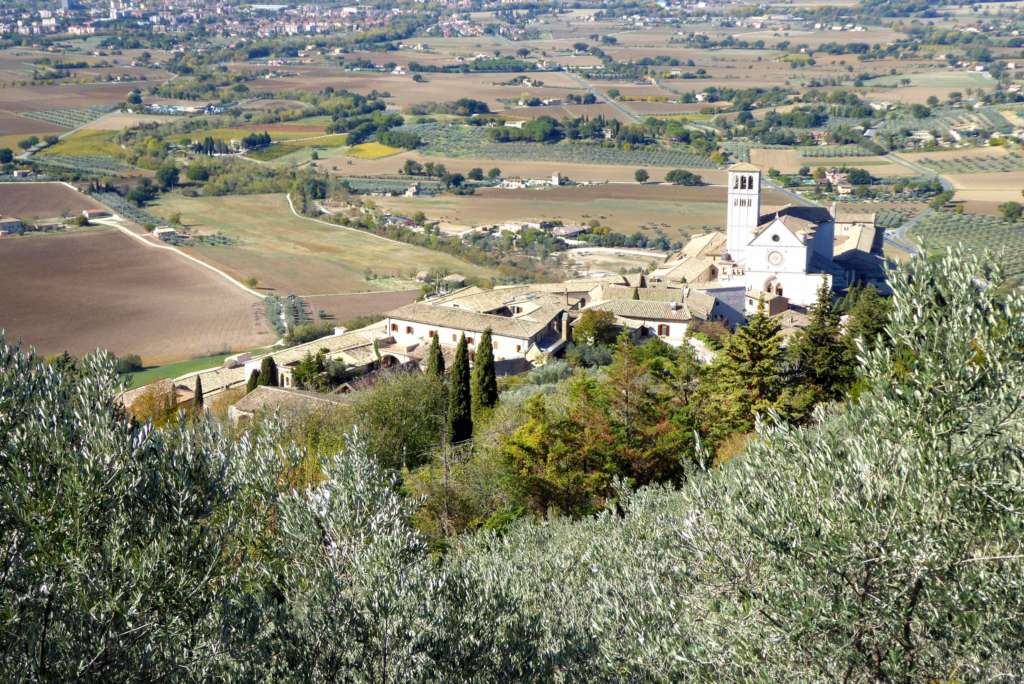
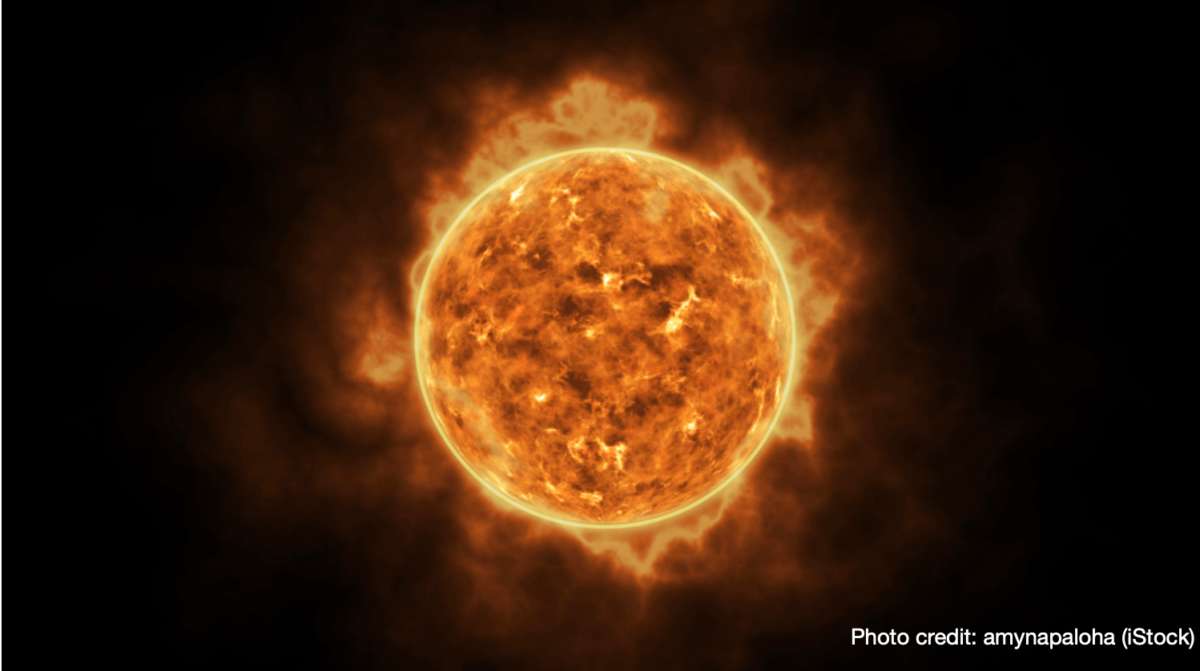

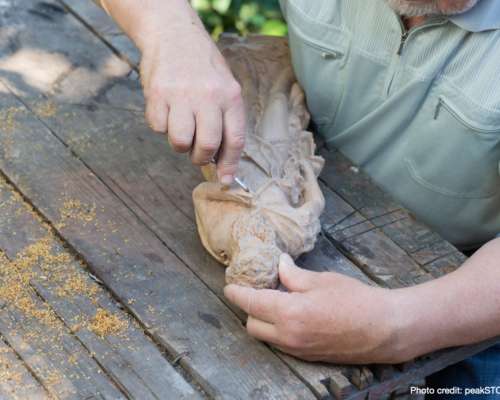

Warren Crank
November 15, 2021Hello,
I am writing a novel and would love permission to use your modification of the canticle above. While the original text is public domain, your version would be very helpful.
Thank you,
Warren Crank